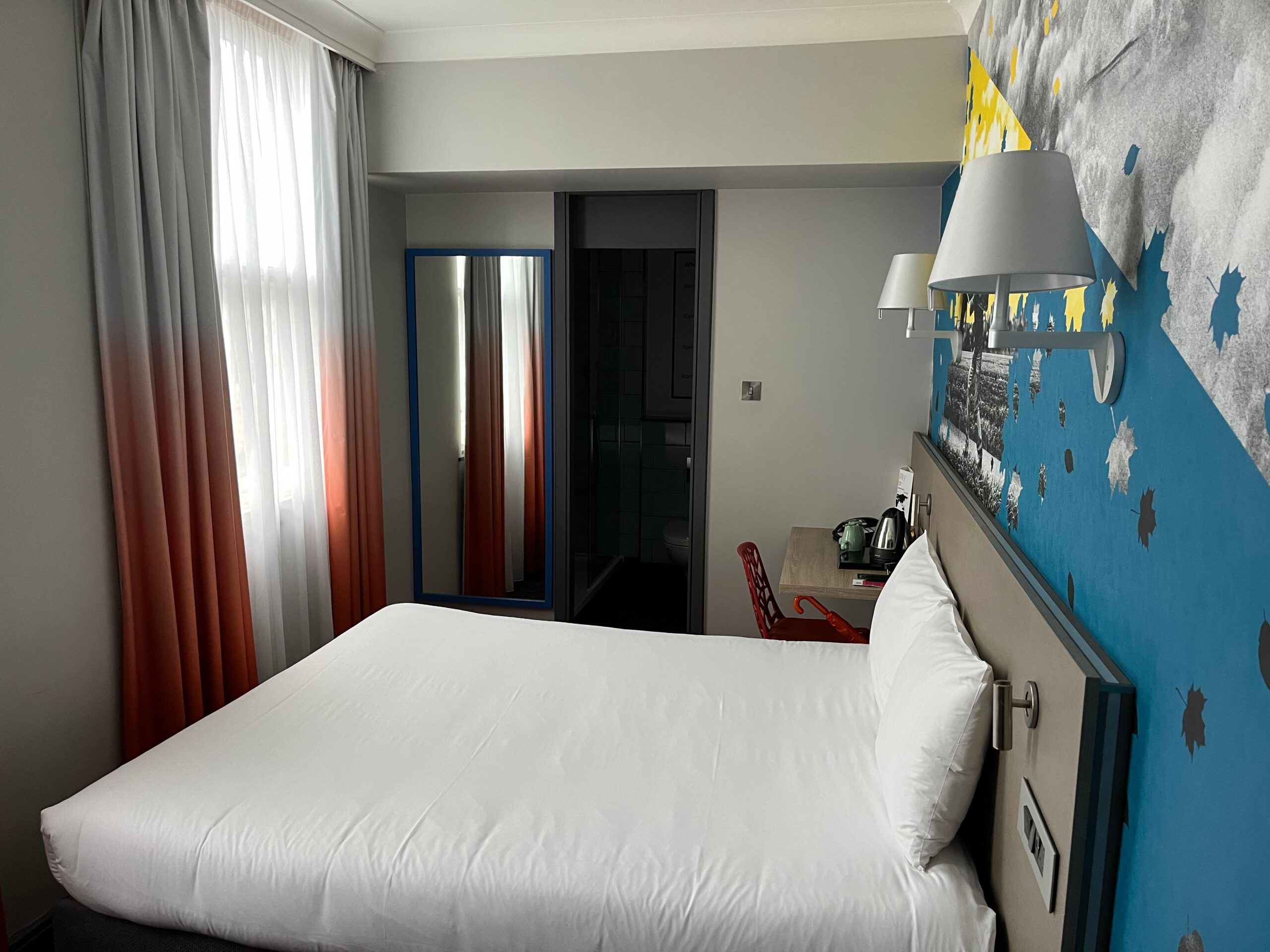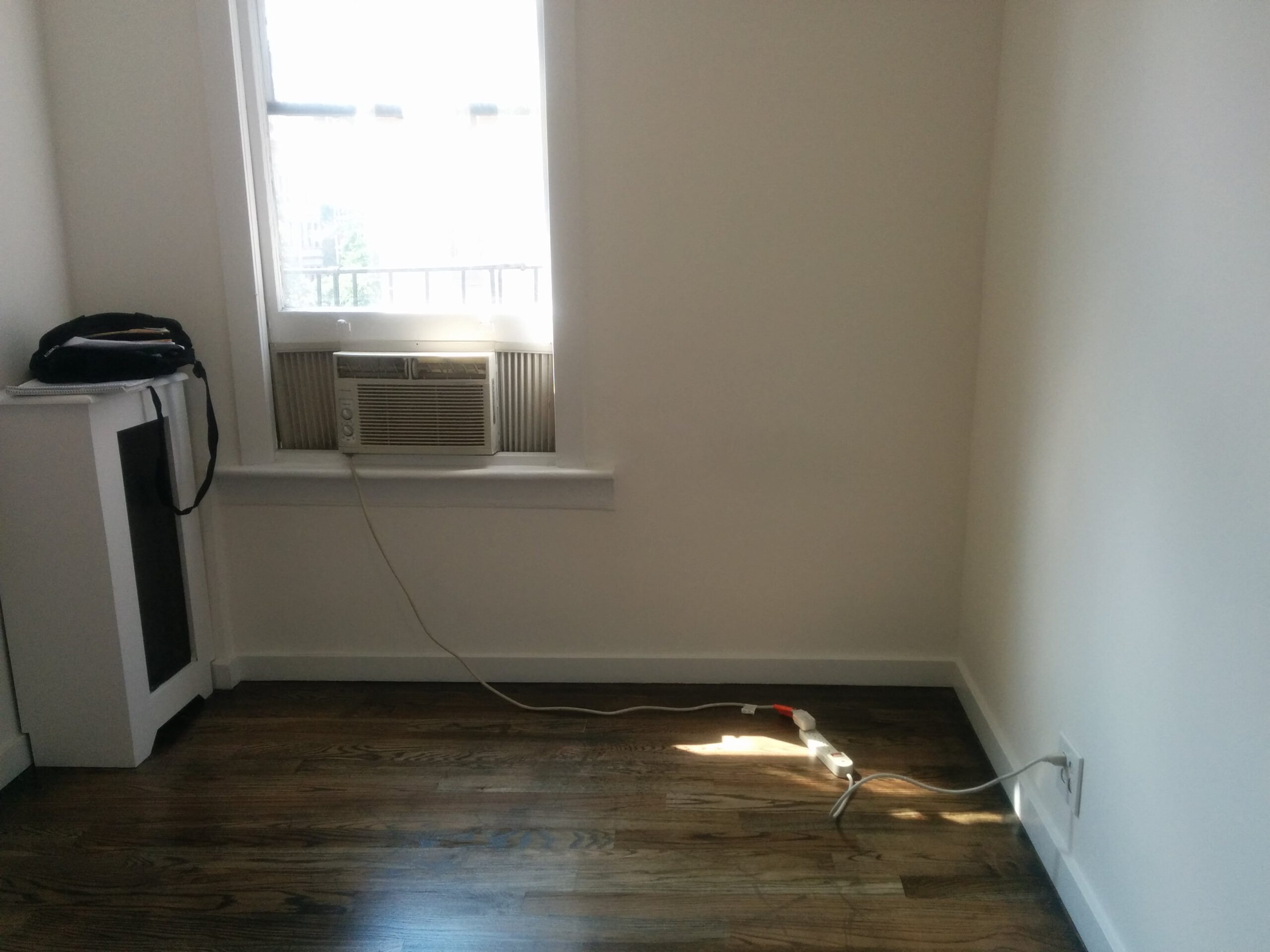Limited Floor Space Reduces Mobility
One of the main reasons small rooms feel so cramped is the lack of available floor space. According to a 2023 survey by the National Association of Home Builders, the average size of new apartments in urban areas has shrunk by nearly 10% over the last decade, leaving less room to move around. When walking paths are blocked by furniture or personal belongings, people naturally feel boxed in and restricted. Even a few extra inches of open floor can make a dramatic difference in how spacious a room feels. Small rooms often require creative furniture arrangements, but when every inch is used, it’s hard not to feel hemmed in. This limited mobility also impacts how many activities can happen in the same space. In many cases, simply turning around or reaching for something can feel like a challenge.
Clutter Magnifies the Feeling of Confinement
Clutter is a notorious culprit when it comes to making small rooms feel even more cramped. A 2024 study from the University of California, Los Angeles, found that people living in cluttered spaces reported higher stress levels and greater dissatisfaction with their homes. In small rooms, every item left out instantly reduces the sense of openness. Piles of clothes, scattered books, or even too many decorative objects can quickly overwhelm a tiny area. This visual noise tricks the brain into thinking there’s even less space than there actually is. Organized storage solutions or regular decluttering routines are essential in keeping small rooms feeling as open as possible. The more clutter accumulates, the more the walls seem to close in.
Low Ceilings Decrease Perceived Space

Ceiling height plays a huge role in how spacious a room feels, and small rooms often come with lower ceilings. According to a 2023 report from the International Building Code Council, new residential buildings in many cities now allow for minimum ceiling heights as low as 7 feet, compared to the traditional 8 or 9 feet. Lower ceilings compress the vertical space, making rooms feel more like boxes and less like open environments. Human perception is wired to associate higher ceilings with freedom and openness. When your head nearly brushes the ceiling, it’s hard not to feel slightly claustrophobic. Even painting ceilings a lighter color can help, but there’s no substitute for extra headroom.
Lack of Natural Light Makes Spaces Feel Smaller

Natural light is a powerful tool for making spaces feel open, but small rooms often have tiny windows or are tucked away from sunlight. The U.S. Environmental Protection Agency highlighted in its 2024 Healthy Homes Guide that rooms with limited sunlight are more likely to feel stuffy and confining. Sunlight not only illuminates a space but also creates a sense of depth and openness. Without it, shadows dominate, making corners look closer and walls seem to squeeze in. Poor lighting can even affect mood, making people feel more trapped in their environment. Installing mirrors or using sheer curtains are common tricks to bounce light around, but nothing beats a window that lets the sunshine in.
Overly Large or Bulky Furniture Shrinks a Room
Oversized furniture is another reason small rooms feel cramped. A 2024 survey by the American Furniture Association found that 60% of people living in apartments admitted their sofas or beds were too big for their rooms. When furniture dominates a space, it becomes hard to navigate and leaves little room for other essentials. Large pieces also block sightlines, making the space feel broken up and even smaller. Multi-functional or modular furniture has become increasingly popular as a solution, but many people still struggle to let go of their beloved, bulky pieces. The visual weight of massive furniture can overwhelm a small room, making it feel much more confining than it needs to be.
Dark Colors Absorb Light and Space
Paint color can dramatically impact how open or closed a room feels. The Paint Quality Institute released a 2023 report stating that dark colors absorb light and can make walls appear closer together. In small rooms, using dark paint or wallpaper creates a cozy but often suffocating atmosphere. Lighter shades, especially whites and pastels, reflect more light, giving the illusion of a larger, airier space. Many interior designers now recommend sticking to a light color palette for small areas to maximize brightness and openness. Even accent walls, if too dark, can shrink the perceived space. The color on the walls can make all the difference between feeling boxed in or at ease.
Too Many Visual Distractions Are Overwhelming
Visual clutter is about more than just physical items—it’s also about patterns, colors, and decorations fighting for attention. A 2024 research article in the Journal of Environmental Psychology found that rooms with too many competing visual elements cause cognitive overload, making the space feel smaller. Bold patterns, too many wall hangings, or even a chaotic mix of colors can make a small room feel overwhelming. The eyes have nowhere to rest, so the mind interprets this as a crowded, cramped environment. Simplifying the visual field with cohesive design choices can make a room feel instantly larger. Keeping décor minimal and unified helps create a sense of calm and space.
Poor Organization Limits Usable Space
Organization is everything in a small room. A 2023 study from Harvard’s Center for Housing Studies showed that people who invested in smart storage solutions reported their rooms felt up to 30% larger. Poor organization leads to wasted space, with items stacked haphazardly or left on surfaces. When storage isn’t planned out, even valuable square footage gets lost to piles and chaos. In small rooms, every drawer, shelf, and corner counts. Investing in under-bed storage, vertical shelving, or multi-purpose furniture can reclaim precious space. Without thoughtful organization, small rooms quickly become unmanageable.
Lack of Zones Limits Functionality
Tiny rooms often try to serve too many purposes without clear boundaries, leaving them feeling disjointed and cramped. The 2024 Home Organization Trends Report by IKEA noted that “zoning” even a small space—like designating a reading corner or a workspace—helps people feel more comfortable and less crowded. Without these defined zones, activities overlap, and the room feels like it’s constantly in chaos. Using rugs, screens, or furniture placement to mark different zones can make a world of difference. Even in a small bedroom, separating the sleeping area from a small desk setup can create an illusion of space. Clarity in function leads to clarity in the mind.
Psychological Effects Make Small Spaces Feel Smaller
Our brains play tricks on us in small spaces, often making them feel even tinier than they are. A 2024 article in Psychology Today explained that humans are wired to seek out environments where they feel safe and unrestricted. When in a confined space, anxiety and stress levels can rise, especially if the room is filled with reminders of unfinished tasks or clutter. This psychological pressure adds to the perception of crampedness. People may avoid using certain rooms altogether if the association is too negative. How we perceive space is not just physical—it’s deeply emotional and mental as well.
Modern Trends Toward Smaller Living Spaces
The trend toward smaller homes and apartments is accelerating, particularly in big cities. A 2025 report by Statista revealed that the average size of new apartments in major U.S. cities dropped to just 887 square feet, the lowest in 20 years. Developers are building more micro-apartments to cope with urban population growth and high housing costs. This means more people are experiencing the challenges of small rooms firsthand. While some embrace the minimalist lifestyle, many struggle with the feeling of being boxed in. The push for smaller, more affordable spaces is likely to continue, making the understanding of why rooms feel cramped even more relevant.

A master of contemporary design, Bobby Burke brings a fresh perspective to home styling. His book Effortless Interiors offers readers a roadmap to achieving sleek, functional, and beautiful spaces with ease.
